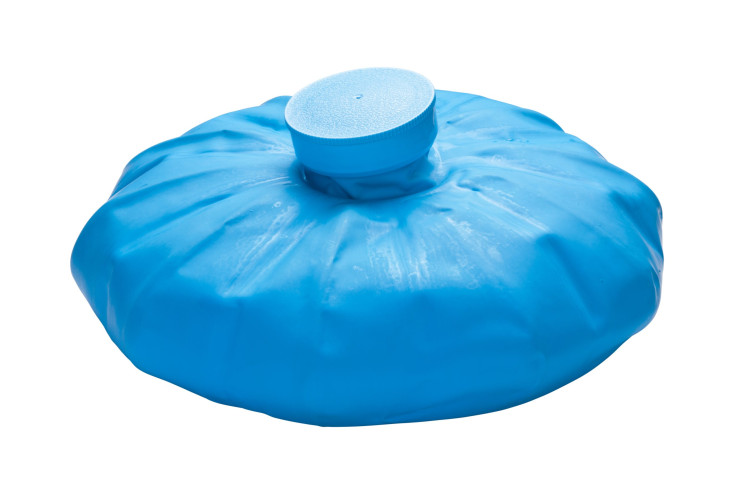Priapism Results In More ER Visits Than Previously Estimated: Prolonged Erections Aren't All Caused By ED Drugs

More patients visit a U.S. hospital’s emergency department (ED) due to suffering from an erection lasting too long — known as priapism — than previously estimated, researchers recently discovered.
Researchers identified almost 9,000 visits to the hospital due to priapism between 2006 and 2009. This translates to 40,000 of the almost 500 million ED visits that occurred nationwide — or 8.05 of every 100,000 — due to priapism during this period. A fifth of these patients also suffered from sickle cell disease (SCD), which is a blood disorder that heightens the risk of getting priapism. Almost 75 percent of the patients returned home after an ED visit, but half of the patients with SCD had to remain in the hospital as an inpatient.
So far, there have been very few epidemiological studies that have looked at priapism, while those that have are based on non-representative populations, the authors explained in their study. Two European studies calculated the incidence of priapism hospitalizations to be no more than one-sixth of what the current study estimates, while another study that looked into the incidence of priapism in the U.S. estimated an even lower rate.
The study analyzed discharge data from the Nationwide Emergency Department Sample (NEDS), and found that the average cost of visiting the ED for priapism was $1,778 when the patient returned home the same day. Cases that required a lengthier stay at the hospital had an average price tag of almost $42,000. Altogether, priapism equated to an average $124 million in hospital costs per year with almost 90 percent of that expense due to inpatient admissions.
The study didn’t address what proportion of priapism cases were due to the popularly known side effects of drugs that treat erectile dysfunction, such as Viagra. But at the World Meeting on Sexual Medicine last year, study co-author, Andrew Flum, of Northwestern University in Chicago, noted an increase in the prevalence of priapism and suggested that a more widespread use of injection therapy for erectile dysfunction might have something to do with it, MedPage Today reported .
Stephen Freedland, a urologist and associate professor of surgery and pathology at the Duke University School of Medicine, explained to HealthDay that his clinic encounters a case of priapism once every week, most of which are rarely due to erectile dysfunction drugs, reflecting the fact that Priapism often occurs without the excessive aid of a drug.
Priapism occurs when blood that engorges the penis due to an erection fails to drain out. Oxygenated blood that isn’t able to flow through the penis presents the risk of tissue death. “The mood is gone, but the reaction is still there,” Stein told HealthDay. “It’s remarkably painful. All men coming in with priapism are unhappy about it.” He added that the incidence of priapism is gaining more attention lately because of the widely advertized warnings of erectile dysfunction drugs.
According to the Cleveland Clinic, priapism is almost always treatable with good outcomes “as long as treatment is prompt” but warn that too much delay can lead to permanent erectile dysfunction. Surgical procedures are sometimes necessary to treat priapism if ice packs don’t do the trick. This course of action could entail tying off a ruptured artery that’s causing priapism, injection of a drug that constricts the veins that provide blood flow to the penis, or simply draining blood from the penis to reduce pressure and swelling.



























